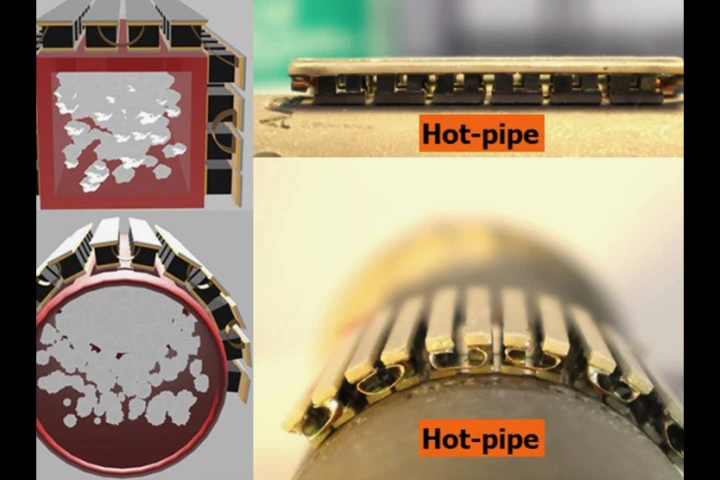Thermoelectricity
-
IC engines have long received flack for how wasteful they are. That may soon change, as a team of researchers claims to have discovered the means of converting exhaust heat into energy, using a small device called a thermoelectric generator (TEG).
-
Although hot tubs may get all the glory, cold-plunge tubs are the ones that really help reduce muscle inflammation and soreness. The Snowcap tub makes that process more doable than ever, by chilling water without using any ice or refrigerants.
-
Scientists in Canada have demonstrated a promising new device that can purify a gallon of water a day, for just a few cents per gallon. Better yet, it’s made of old tires, and can even generate small amounts of electricity.
-
Scientists in Japan have developed a new organic device that can harvest energy from heat. Unlike other thermoelectric generators, this one works at room temperature without a heat gradient.
-
Whether you're working outdoors or just taking a leisurely stroll, keeping your cool on a hot and sticky summer day can be a struggle. But a new Kickstarter campaign may have just the thing for a quick but lasting cooldown.
-
Fourth Power says its ultra-high temperature "sun in a box" energy storage tech is more than 10X cheaper than lithium-ion batteries, and vastly more powerful and efficient than any other thermal battery. It's hoping to prove it with a 1-MWh prototype.
-
We've already heard about hoses that get wrapped around existing hot water pipes, using heat radiated from the pipe to heat water inside the hose. A new wrap-around device, however, uses that same pipe-heat to generate electricity.
-
A new thermoelectric material may be the most efficient one yet. The new and improved polycrystalline form of purified tin selenide has all the right properties to make it a practical material for converting waste heat into electricity.
-
Thermoelectric generators produce an electric current through a temperature gradient. Now, engineers have created a new device that absorbs heat from the Sun on one surface and emits it from another, allowing it to generate electricity day and night.
-
A new device from scientists at the University of Colorado explores the everyday potential of thermoelectric technology, demonstrating a ring that harvests energy from the human body and can even repair itself when damaged.
-
By putting a new spin on decades-old thermoelectric technology, scientists at the University of California, Los Angeles (UCLA) have developed a tiny microscopic cooling device they describe as the "world’s smallest refrigerator."
-
A new prototype device works like a kind of reverse solar panel, harvesting energy from the cold night sky to passively power an LED.
Load More











